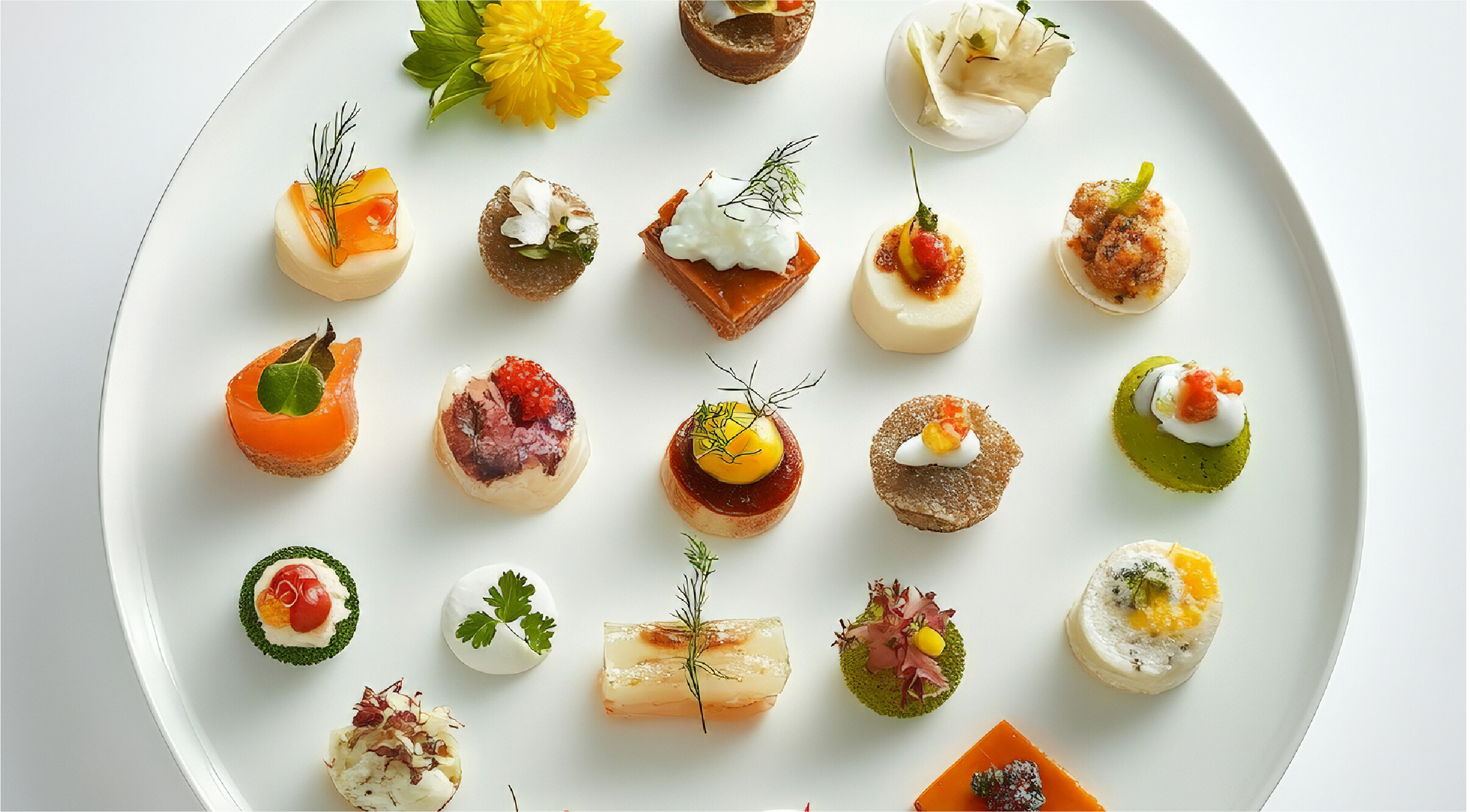These volatile molecules interact with our olfactory system to create the nuanced and memorable profiles that define iconic products. For food manufacturers and flavoring companies, understanding the science of aroma compounds is essential to crafting flavors that stand out in a competitive market.
How Aroma Shapes Perception
Aroma compounds are central to how we experience flavor, often overshadowing the role of taste itself. In fact, aroma can contribute up to 80% of the sensory perception! While the tongue can detect basic tastes like sweet, salty, sour, bitter, and umami, the nose is responsible for identifying the intricate nuances that make flavors unique.
Interestingly, the absence of aroma compounds can completely alter how we perceive flavor. This is why food tastes bland when we have a cold—our olfactory receptors are blocked, and the intricate interplay of taste and aroma is disrupted. For food manufacturers, this highlights the importance of aroma in crafting memorable products. A well-designed aroma profile doesn’t just enhance flavor; it creates an immersive sensory experience that resonates with consumers on a deeper level.
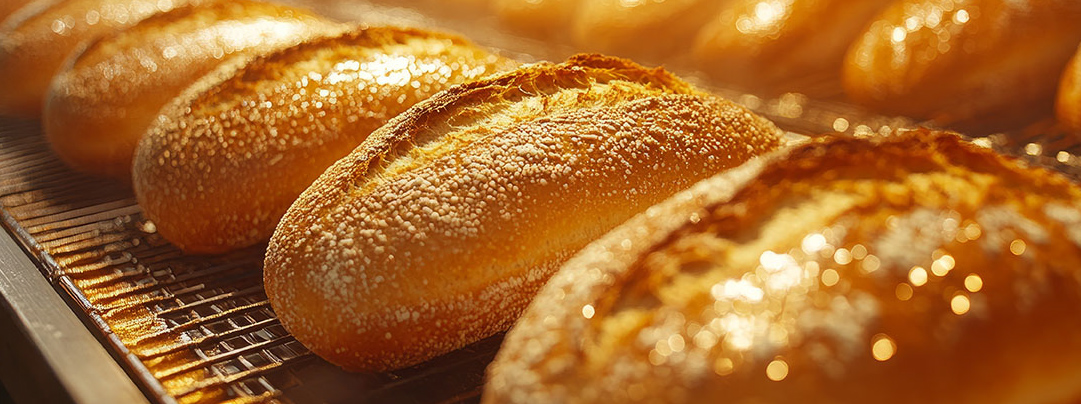
The experience of freshly baked bread isn’t just about its taste—it’s the combination of compounds like maltol, which gives a caramel-like scent, and 2-acetyl-1-pyrroline, which contributes a toasty, popcorn-like aroma. Together, these compounds evoke warmth, comfort, and nostalgia, creating an emotional connection to the food.
Emerging Trends in Aroma Compound Innovation
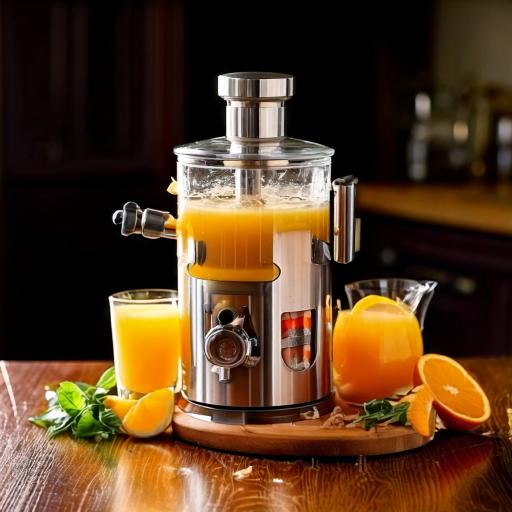
Natural Extraction Methods

Biofermentation for Rare Aromas
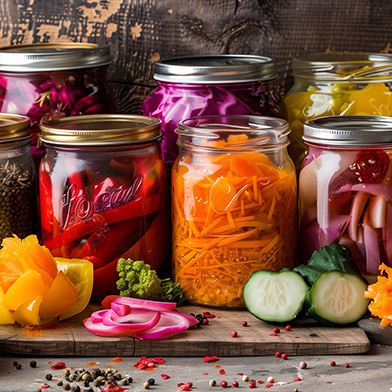
Precision Aroma Blending
Advances in analytical technology, such as gas chromatography and mass spectrometry, allow scientists to isolate and replicate specific aroma compounds with remarkable precision. This enables manufacturers to design signature aroma profiles tailored to specific products or consumer preferences.

AI-Driven Aroma Innovation
Sniffing Out Success

Insights & Trends

Function in Disguise

When Texture Talks Louder Than Taste
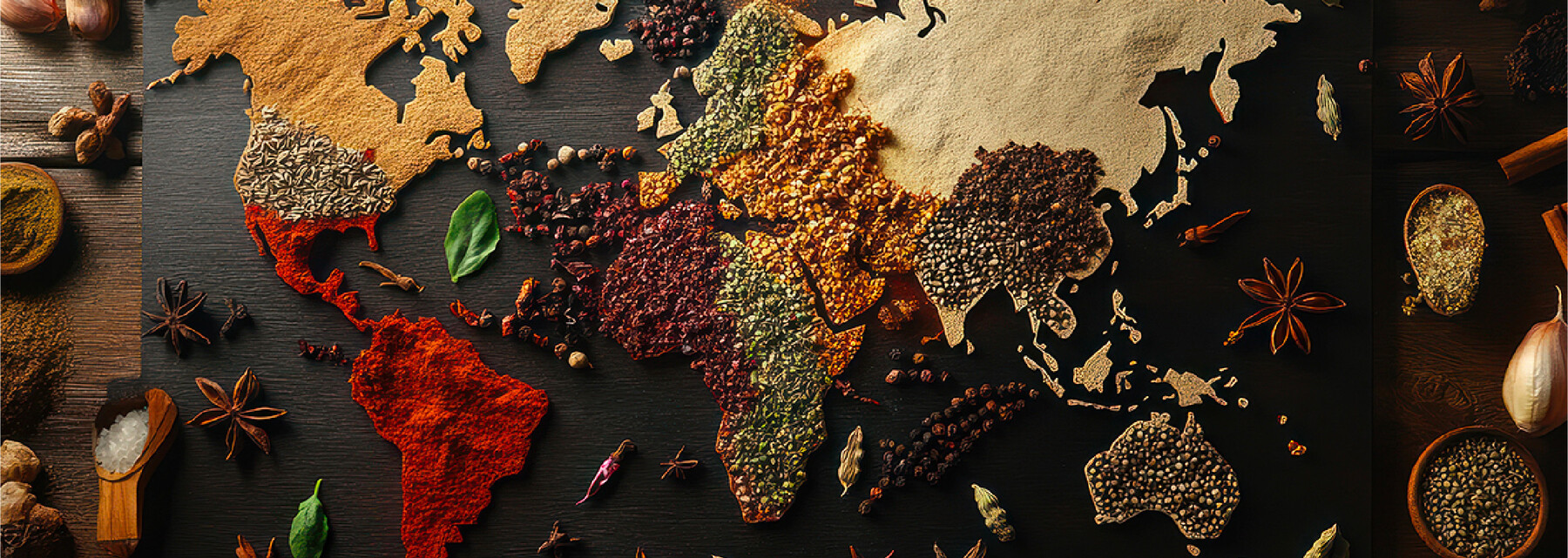
Spice. Sprinkle. Savor.

When Less Is More

From Snack to Savor

Precision Fermentation
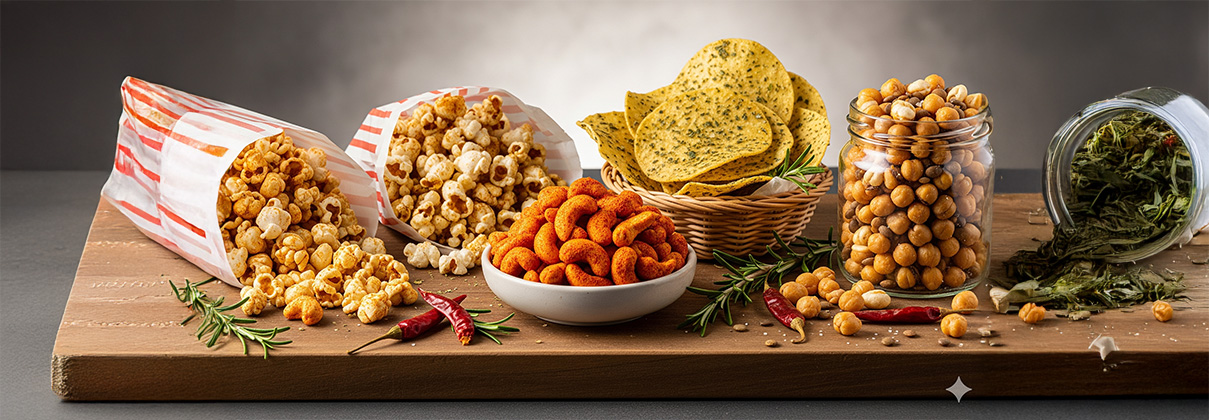
Snackification Nation

Snack to the Future

Fizz With Benefits
